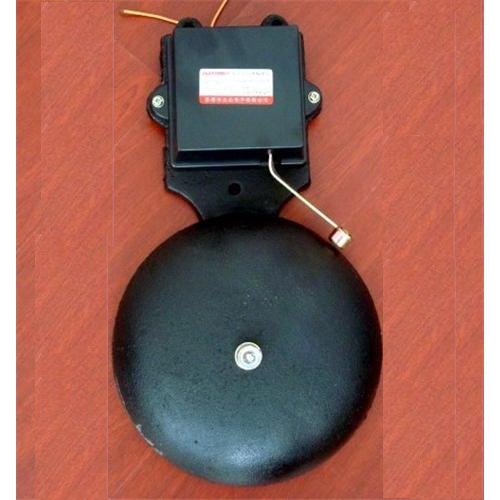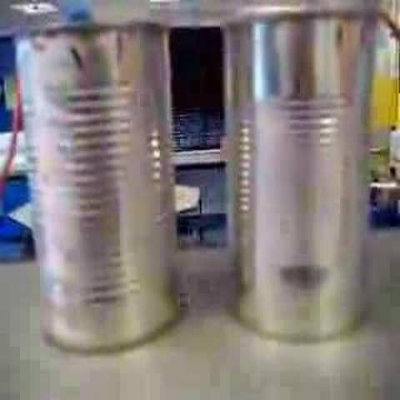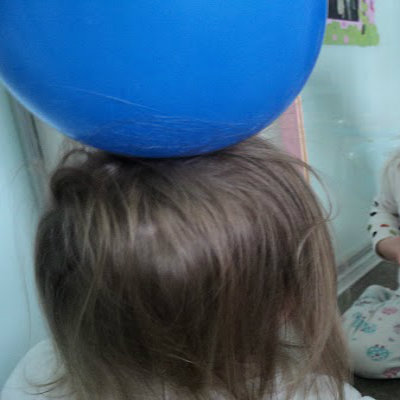How to Make an Electric Bell

It is often observed that when you comb your hair and bring it close to a piece of paper, the comb acts like a magnet and pulls the paper pieces to itself. This is because of static electricity; as there is a charge created on the comb when it is rubbed against your hair. The charge produced attracts the opposite charges in the object they are brought near to. Unlike the charges in normal electricity, those produced by static electricity are not as strong. They may surprise you with a little shock, but they are not harmful. However, if you are a primary school student planning a Science project, you can use this principle by making an object move with static electricity. It is a simple experiment and only requires a few things to that are readily available. For your information, this experiment is also known as making of a static electricity bell.
Instructions
-
1
Things Required:
- A medium sized balloon
- Simple plastic ruler
- Paper Clip
- Thread
- Two empty tin cans
- Ruler
- Two plastic food trays
Arranging plastic food trays
Arrange plastic food trays on a table, keeping them an inch apart from each other. Make sure they are not touching each other. -
2
Two empty tin cans
Now place two empty tin cans right in the center of the trays. Cut a thread into a length that it is twice the distance between edges of two cans.

-
3
String & Paper clip
After cutting the thread to the desired length, fasten one of its end to a paper clip and the other to the center of a plastic ruler. -
4
Clip between the cans
At this point, ensure that the thread slack between the ruler and paper clip is sufficient enough for the clip to reach half the distance that exists between the two cans. -
5
The charged balloon
Now lay the ruler across two cans and bring a balloon close to one of the cans after rubbing it against your hair. It will be noticed that the paper clip starts hitting the two cans like hammer of an electric bell. This happens as a result of static electricity created in the balloon which is actually responsible for moving the paper clip.





